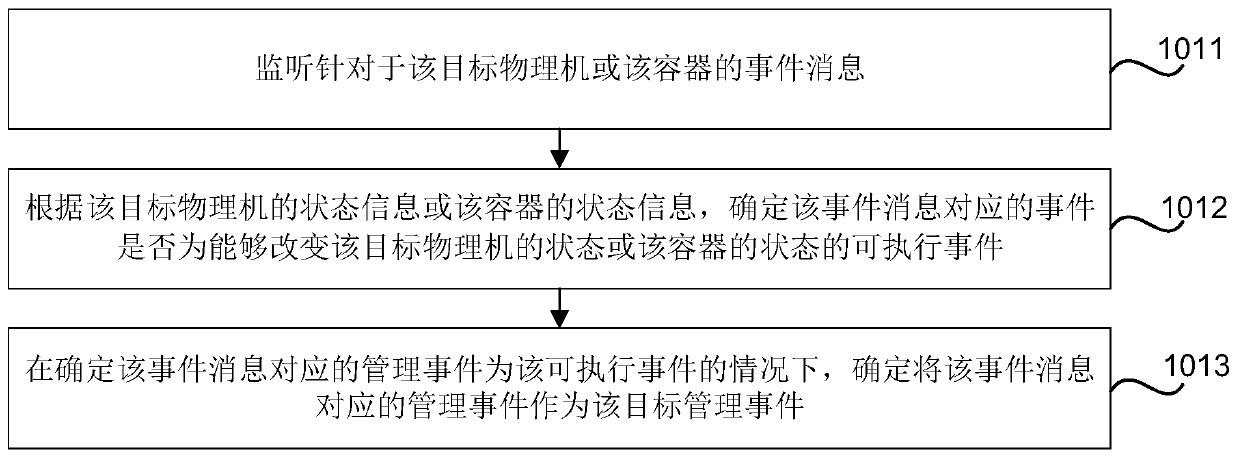Method and device for determining resource allowance, storage medium and electronic equipment
A margin and resource technology, applied in the field of network operation and maintenance, can solve the problems of resource analysis time-consuming, lack of real-time performance, etc., and achieve the effect of improving efficiency and real-time performance
- Summary
- Abstract
- Description
- Claims
- Application Information
AI Technical Summary
Problems solved by technology
Method used
Image
Examples
Embodiment Construction
[0055] Specific embodiments of the present disclosure will be described in detail below in conjunction with the accompanying drawings. It should be understood that the specific embodiments described here are only used to illustrate and explain the present disclosure, and are not intended to limit the present disclosure.
[0056]In related technologies, when applying for resources from the business in the cluster management platform to create a new container, it is first necessary to monitor and manage the resource margin of the entire cluster to ensure that there are enough resources in the appropriate physical machine to Complete the creation of the new container. Taking the HULK scheduling platform as an example, the resources in the cluster are usually managed uniformly through the kubernetes application (K8s for short, which is an open source application used to manage containerized applications on multiple physical machines in the cloud platform). During the running of t...
PUM
 Login to View More
Login to View More Abstract
Description
Claims
Application Information
 Login to View More
Login to View More - R&D
- Intellectual Property
- Life Sciences
- Materials
- Tech Scout
- Unparalleled Data Quality
- Higher Quality Content
- 60% Fewer Hallucinations
Browse by: Latest US Patents, China's latest patents, Technical Efficacy Thesaurus, Application Domain, Technology Topic, Popular Technical Reports.
© 2025 PatSnap. All rights reserved.Legal|Privacy policy|Modern Slavery Act Transparency Statement|Sitemap|About US| Contact US: help@patsnap.com



